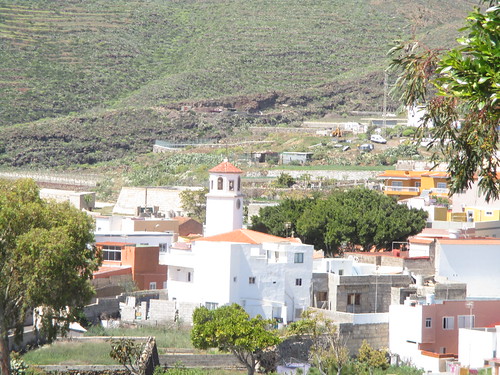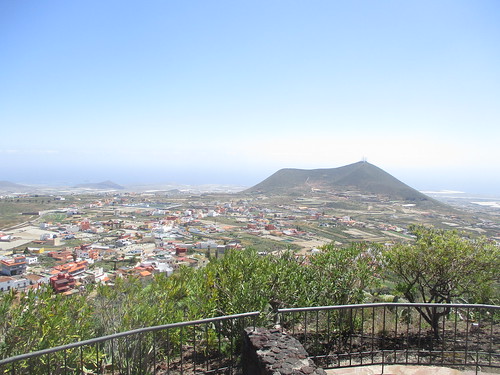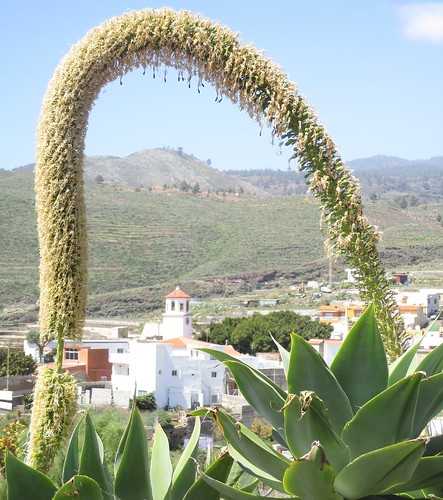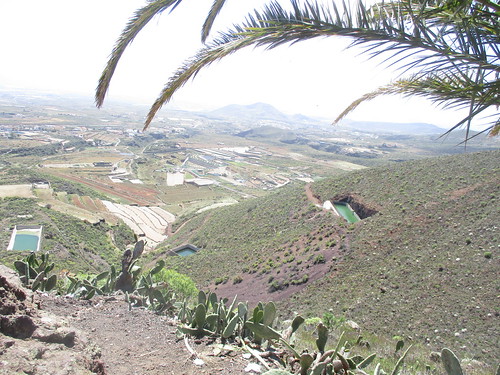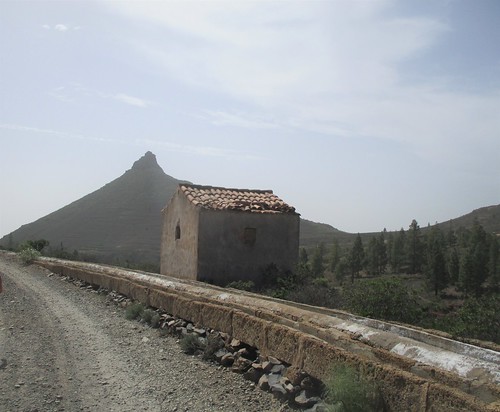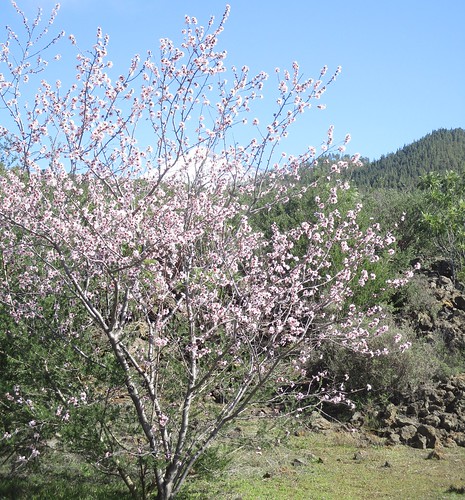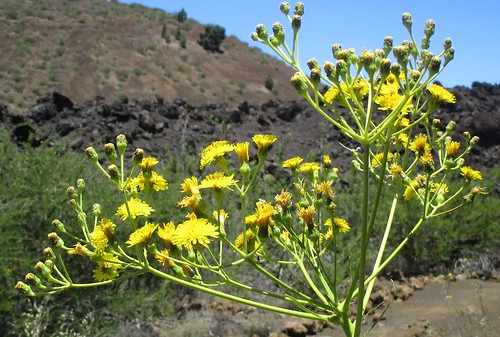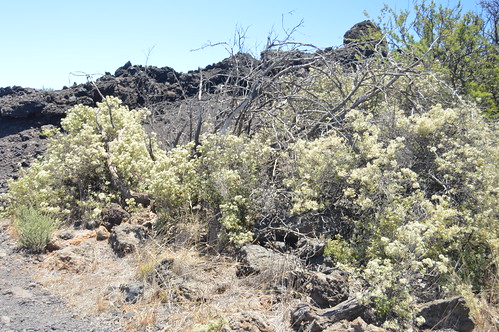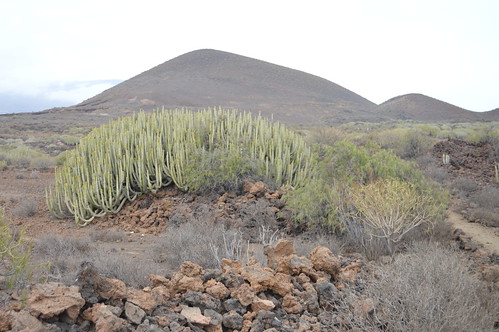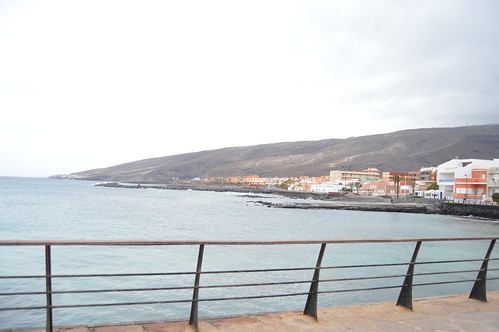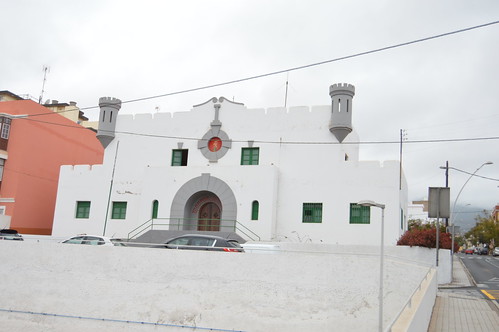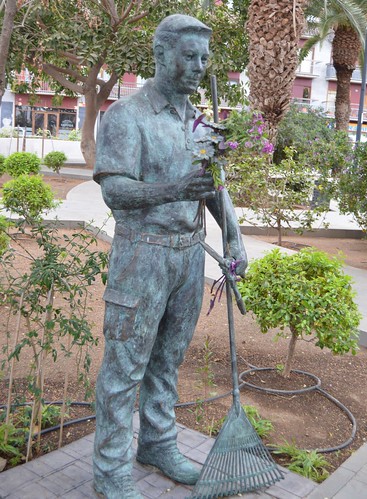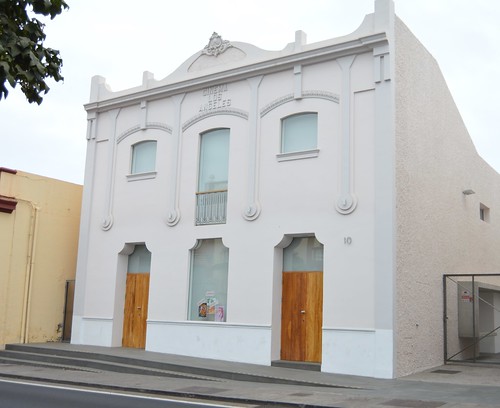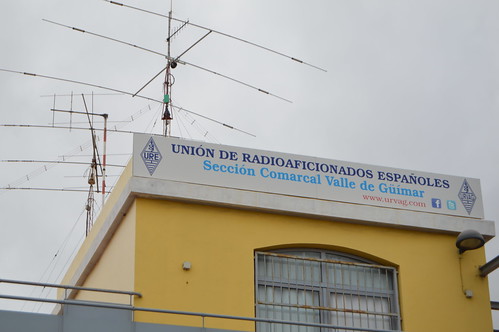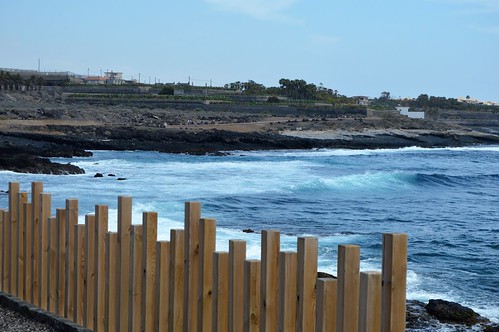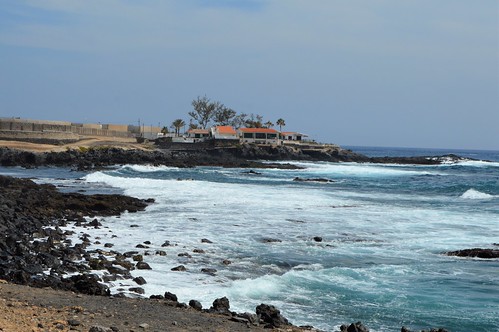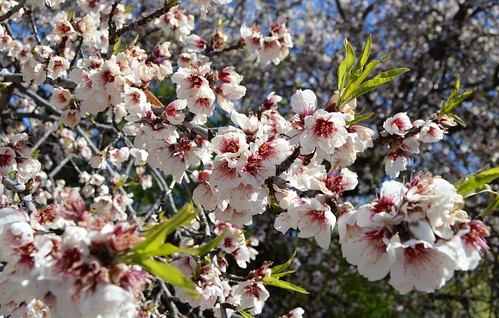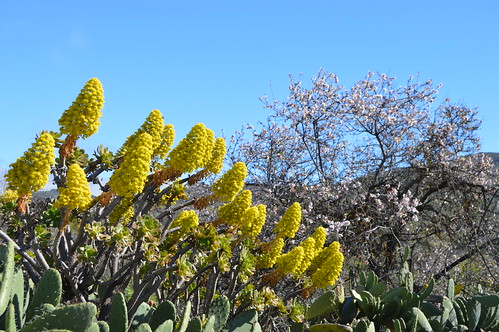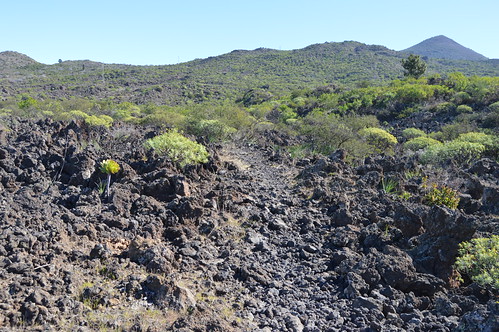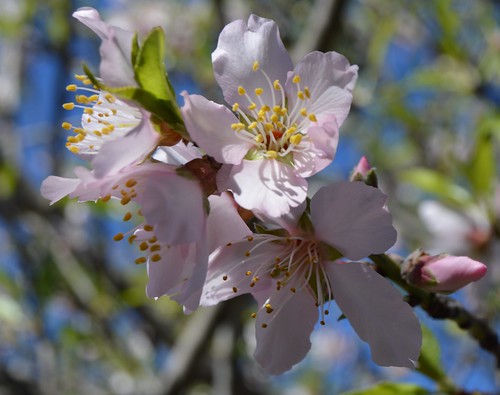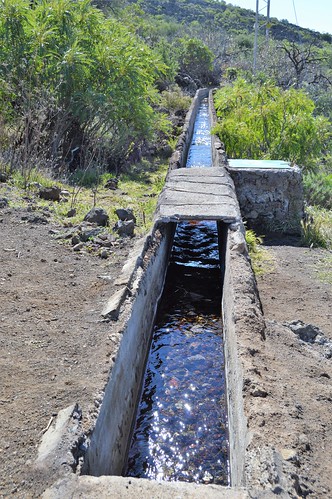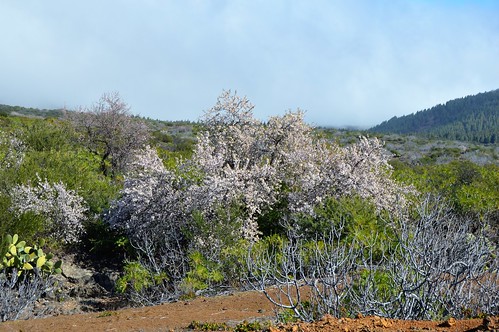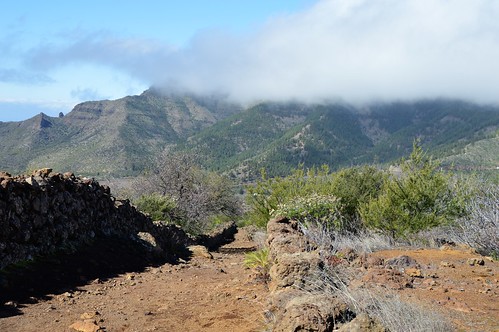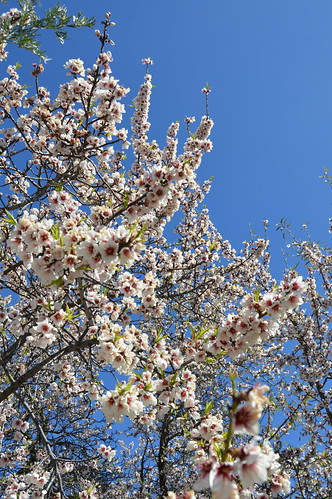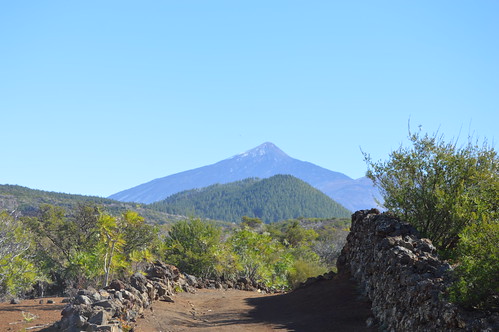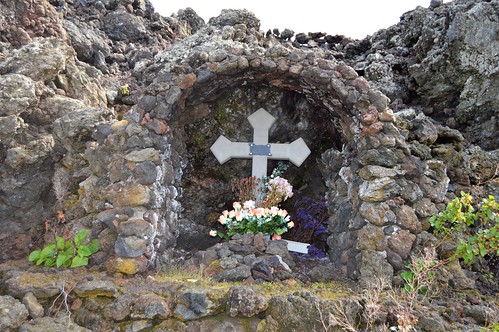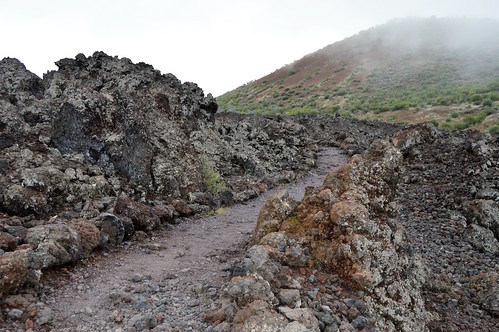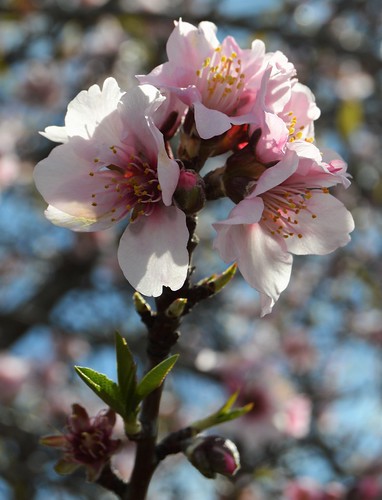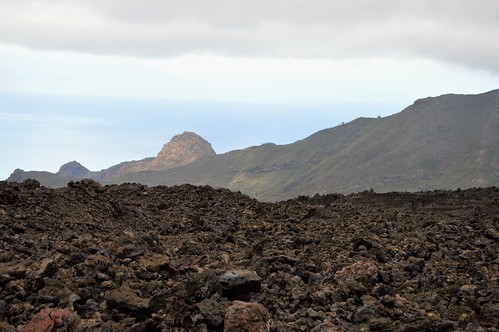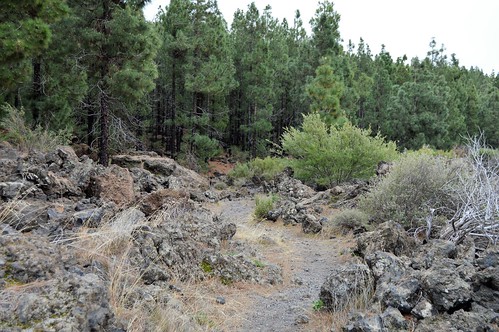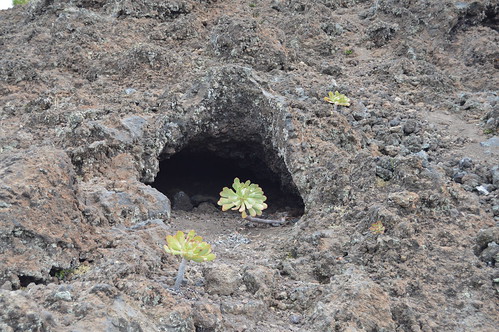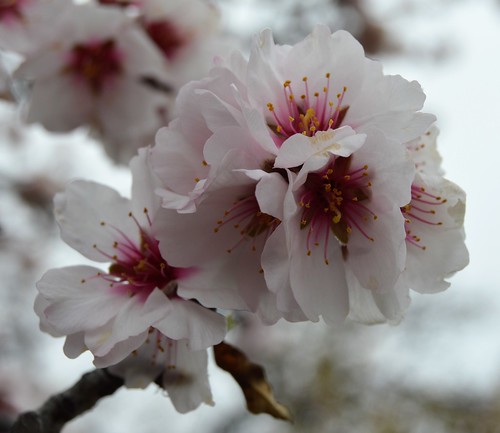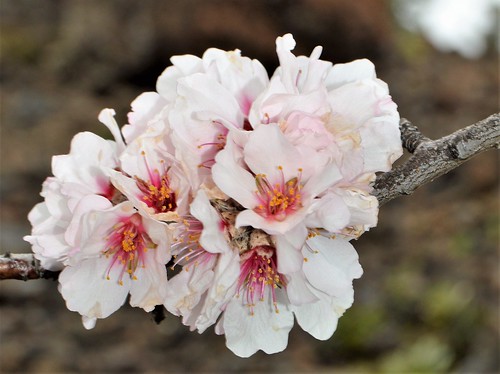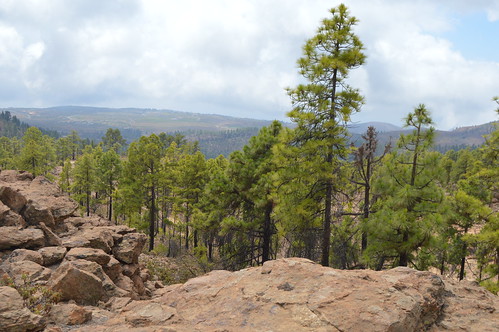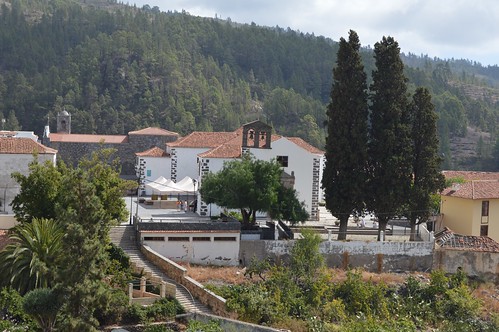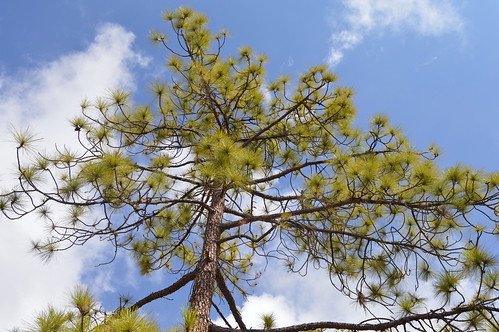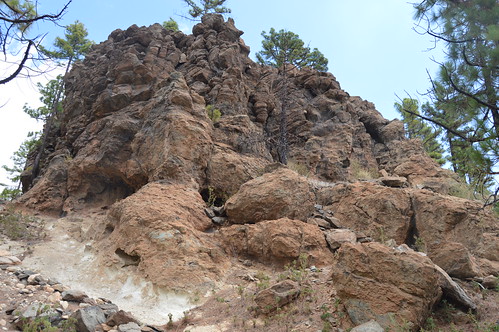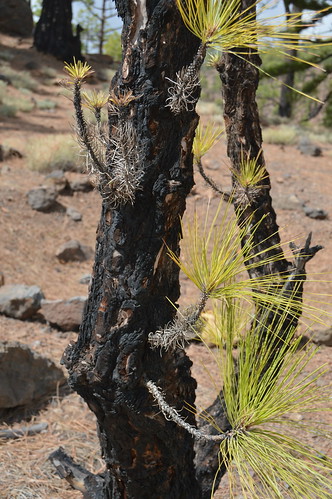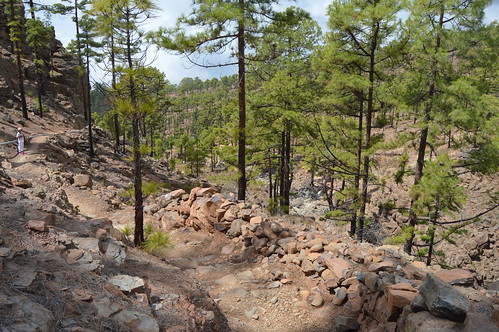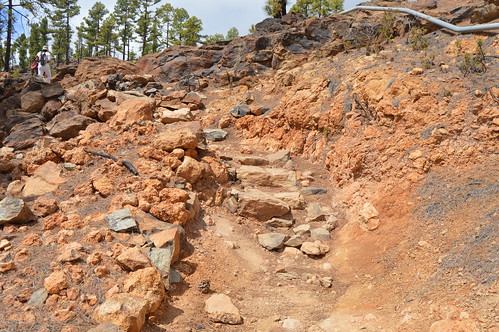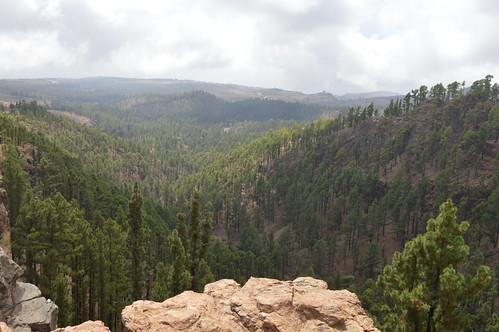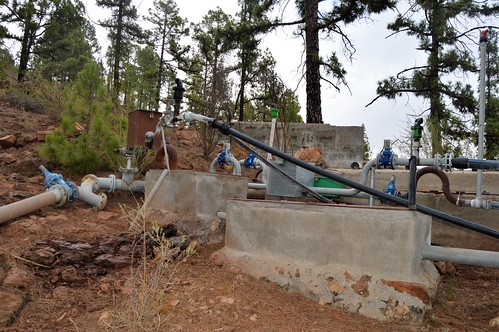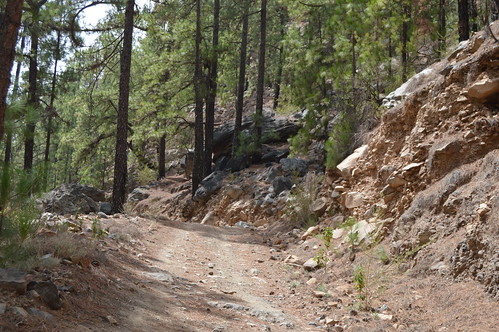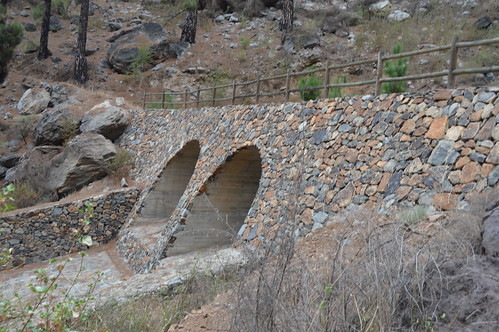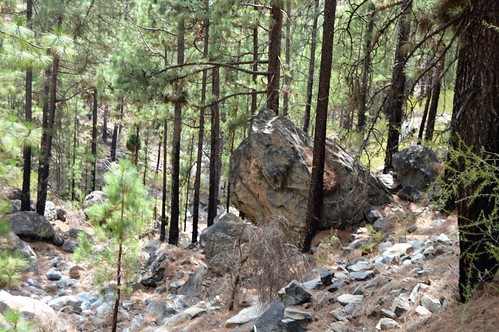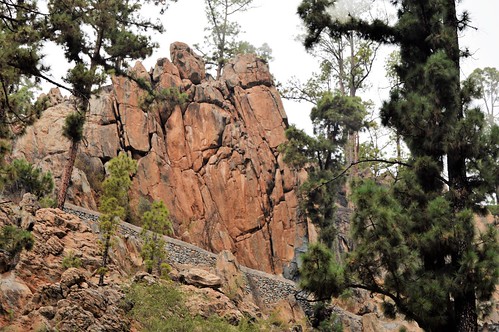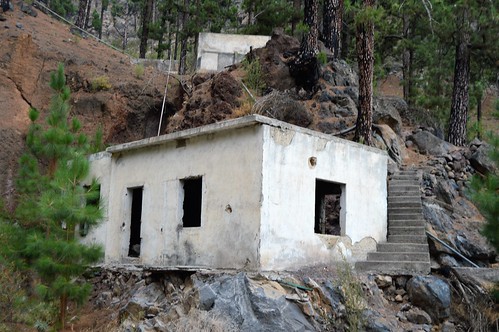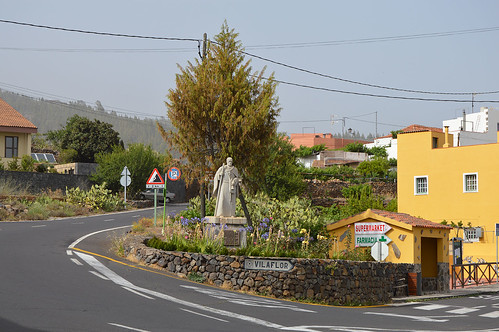
It could have been dawn breaking as sun filtered through leaves, casting eerie shadows. Noon was a more accurate time check, and I was just ten minutes into Erjos in the north west corner of Tenerife. The large green wedge of laurisilva forest marched across Teno rural park as a robin flitted away from a wooden gate. It was an inspiring welcome after I had stepped off my Titsa bus from Los Cristianos, after it had passed through the 20 degree sun of Santiago del Teide.



It was an easy transition from the blue skies and bursts of flowers as I trailed family groups strolling up the gentle grass rise. As the foliage closed in, moisture hung in the air, and moss clung to branches, it summoned thoughts of myths amd legends. Views from the mirador, about 30 minutes in, added to the contrasts and marked the point where most people retraced their steps to the plaza and church.




Others pushed on through the stark contrast of the cool tunnel created by tree branches entwined overhead. Twisted roots and dribbles of water made it all seem alive, I wouldn´t have been surprised to see strange eyes glowing in the undergrowth, birds singing lightened the tone and sharp bends offered a realm of possibilities with each step.



Erjos offers a range of well signed walks, more choices cme up after two hours, I was doing the full 11.7 kms to Los Silos so took a tight dipping path marked for Monte de Aqua and Los Marados on the way down to the finish point. It was like opening a door on another dimension as fertile valleys plunged into the barrancos (ravines) as trees and plants hugged the hill sides. The roof was off and the sun sneaked through to spotlight a circular trail down the mountain.
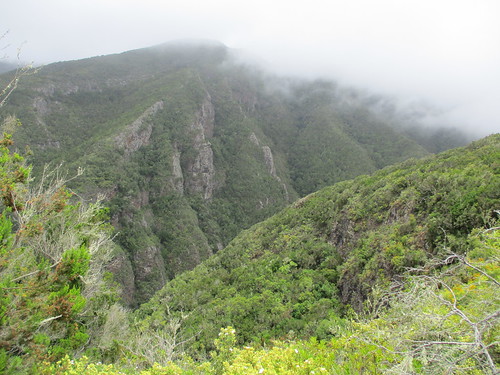


Every branch and leaf was a conduit for moisture that eeked out of the clouds and into the thirsty soil. Rocky fingers protruded from the high sides as if reaching out to grab their share of natures bounty. There were only a few other walkers on this stretch, and they were coming up from the coast that appeared in the distance between the peaks. Los Maradas farm dwellings bore witness to the lure of this area, plentiful water being a must for cattle grazers and farmers.



The final 30 minutes trek was another tight path to the left of the derelict dwellings and linked up to a wider water modern channel that emerged just oposite the urban centre of Los Silos. I wasn´t too impressed by the seven adventure cyclists who poured down behind me, despite signs at two points forbidding their access. Lycra clad and in helmets they must have felt secure, but I didn´t fancy tyre marks up my legs. The good news was the walk emerged just by the Titsa bus stop to Garachico and Icod.


It was a very rewarding four hour walk in this rich corner of Tenerife,Erjos in the inland key to a range of walks of varying lengths. Coming up from the south, the first bus stop is Puerto de Erjos for the black caves, or in my case, two stops later was the busier Erjos with the plaza and a few cafe bars. There is limited parking near both bus stops to unlock a choice of options. !Quite a green heaven.
